Have you ever wanted to own a Border Collie, but are put off by their commonality and active minds? Well then, look no further than the English Shepherd dog.
This rare breed was first seen in the 17th Century where it was incredibly popular as a herding dog.
However, fast forward to the 21st century and this breed is almost unheard of, English Shepherds are few and far between with very few breeders.
A working dog at heart, this breed likes to curl up in front of the fire with their human after a long day out working.
Intelligent, independent, and very affectionate, could this breed fill the dog shaped hole in your life? Keep on reading our complete breed guide to find out more.
TABLE OF CONTENTS
What Is An English Shepherd Dog?
The English Shepherd is a descendent of Collie type dog-breeds.
Favored over Collies for their natural intelligence and athleticism, the English Shepherd is a close relative of the Australian Shepherd.
These dogs have previously been called “Scottish Collies”, but that name has since fallen out of fashion.
Breed Origin
Despite their confusing name, the English Shepherd is actually an American breed!
Bred by Scottish and English immigrants in the 17th, 18th and 19th Centuries, this canine was used as a herding dog.
Sadly, in the 1940s this breed began to decline in popularity. As of the 1970s, the English Shepherd was considered to be a very rare breed.
Kennel Club Recognition
While the English Shepherd is not recognized by the American Kennel Club, owners can enroll with the AKC Canine Partners and compete at events such as rally competitions.
Despite not being recognized by a kennel club, they do have their own breed group; the English Shepherd Club.
This group promotes the breed, conservation of the English Shepherd and is also a place where breeders can register puppies for sale.
| Size | 18 to 23 inches |
| Weight | 40 to 60 pounds |
| Lifespan | 10–14 years |
| Breed Type | Working Breed |
| Purpose | Herding Dog |
| Suitable For | Active Singles, Couples or Families |
| Color Variations | Black, Brown, White, Sable, Pied and Silver |
| Temperament | Independent, Athletic, Clever, Funny and Stubborn |
| Other Names | Scottish Collie |
English Shepherd Puppy
The English Shepherd is a very rare breed, consequently, there is normally a very long waiting list for one of these puppies.
Despite their rarity, this breed does not have a high price tag.
On average, an English Shepherd will cost between $350 and $1,000 USD.
Occasionally this breed will come through a local shelter as they are often misidentified as a Border Collie.
Consequently, it may be beneficial to visit your local dog rescue, those who wish to rescue a puppy or adult dog could also try the National English Shepherd Rescue.
English Shepherd Temperament
This breed is known to be somewhat standoff-ish with strangers and unknown animals.
Consequently, as puppies and young dogs they will need a lot of socialization and this will need to continue into their adult life.
If not correctly socialized, an English Shepherd can become suspicious and even fearful of new people, making this an essential step in their development.
It is important to note that this breed bonds very strongly with their owner(s).
When working, they would have spent the entire day by their master’s side. This can still be seen in their temperament as they do not cope well with being parted from their owners.
If left alone for long periods of time, this breed can become very loud and destructive.
One thing to note about this canine is their constant vigilance!
Nobody will get within 20 feet of your property without your English Shepherd letting you know about it, they are very alert to what is going on around them.
Personality
Owners of this breed often say that, this canine has a sense of humor and will happily keep their owners entertained for hours.Intelligent, independent, funny, affectionate and a little stubborn, the English Shepherd is a joy to have around.
Likewise, it is not hard to keep this dog entertained, any novel object or puzzle will certainly pique their interest.
One other important thing of note is that the English Shepherd tends to be bossy!
This breed likes to be in charge and will require a patient and firm owner to show them that they are not.
Compatibility with Families
English Shepherds are an excellent dog for families.
They are naturally kind and patient with children, making them a good dog for those who want to play.
This breed type is also known to be good with other dog and household pets (including cats).
It is important to make sure your English Shepherd is well exercised, both physically and mentally.
A bored dog may begin to attempt to round up children and pets as an attempt to entertain themselves.
This can be funny at first, but it can progress to nipping (as a dog would with livestock), and consequently it is best to entertain your dog in other ways.
English Shepherd Size & Appearance
It is important to note that this canine is often confused with the Farm Shepherd.
Though similar in appearance, they are two separate breeds.
Due to the lack of official breed standard, there is a large variation in the height and weight of this breed.
In general, the English Shepherd will stand between 18 and 23 inches tall and weighs between 40 and 60lb.
Appearance
When looking at an English Shepherd, it is not hard to spot the Border Collie influence in the breed.
They naturally look and move like Collies, however, there are some very subtle differences that distinguish the breed:
- Their deep chest, athletic body and long feathered tail are all hallmarks of this breed type
- Another difference is their shaggy double coat making them look bigger than they are
English Shepherds are rather slim too.
Their eyes are brown or amber with small triangular ears which are often feathered.
Color
This canines coat can be in any color combination (from the table below) although they tend to be tri-color (black, brown and white).
English Shepherd coats come in a variety of colors including:
| Black | Silver |
| Brown | Pied |
| Sable | White |
Coat
English Shepherds have a dense, curly double coat.
This consists of a long shaggy outer coat, and a soft shorter inner coat, designed to protect them from the elements.
If you dislike dog hair and vacuuming, this is not the breed for you.
While the hair is around medium length, they are very high shedders and consequently this canine is not suitable for allergy suffers as they are not considered to be hypoallergenic.
Grooming
Grooming is very important to correctly care for an English Shepherd.
They will need daily brushing and regular checks of their ears and teeth to ensure there is no infection or decay, once or twice a week should do it.
It may be beneficial to introduce these routines to your dog as early as possible in order to allow them to get used to it.
Holding your dog still, gently brush them with a soft brush, and reward them for staying still, is a great bonding experience.
The English Shepherd does not need regular bathing as this will dry out their skin, only bath them when they are very muddy or smelly; make sure to use a dog shampoo for sensitive skin.
English Shepherd Dog Care Guide
As mentioned, this herding dog can adapt wonderfully to a family environment.
Provided their owner can keep up, this breed does well in almost any home.
However, they do need constant access to garden or outdoor space to self-exercise. As a result, bringing this dog into an apartment is not advised.
Food and Dietary Requirements
| Daily Food Consumption | |
|---|---|
| Guide | 1,200 calories |
| Cups of Kibble | From Adobe Stock |
English Shepherds need three cups of dog food each day. This should be split into three smaller meals of around one cup each.
Most owners of this breed will recommend a mix of wet and dried food.
Whatever you choose to feed your dog, ensure that it is a high quality feed. Try to choose a food that contains pure meat, as opposed to “meal”, which is a lower quality protein source.
As the English Shepherd is an active breed, they are not prone to becoming overweight.
Exercise Requirements
| Daily Exercise Requirements | |
|---|---|
| Minutes | 120 minutes |
| Activity Level | From Adobe Stock |
Although small and cute, do not be fooled, the English Shepherd is no lapdog!
They are best suited to a person who can dedicate two hours of exercise each day to them, this can either be delivered as one long walk or hike, or in several, shorter walks.
You may also wish to try running with your dog as another way of getting them that much needed exercise.
Alternatively, an English Shepherd could be worked to burn off some of that excess energy. While they are naturally herding dogs, they also excel as therapy animals and search and rescue dogs.
There are two important caveats when discussing exercising the English Shepherd:
- They need just as much mental stimulation as physical exercise (try putting their food in treat balls or tug-a-jugs to encourage intellectual engagement)
- As puppies they will be bouncing all over the place, but they do not need too much exercise
A good rule of thumb is to walk any puppy for 5 minutes for every month they have lived.
An eight-month-old puppy needs 40 minutes of exercise each day!
Training
English Shepherds are known for their independence and intelligence.
In a farm environment, this breed would need to naturally navigate the farm on their own. Consequently, they require very little livestock manners training, this versatile breed tends to naturally adapt quickly.
Their natural intelligence does best when honed on a skill.
Try taking your English Shepherd to dog agility classes or teaching more advance trick training.
When working, these dogs would have to make judgement calls to protect their livestock. Consequently, these dogs may not always be obedient first time.
Health Problems
The biggest concern for the English Shepherd dog is hip dysplasia.
This is where the hip joint is abnormally developed, causing friction when moving. This friction causes discomfort when moving.
In most cases it can be managed by pain medication, although in more severe cases the condition will require corrective surgery.
English Shepherds may also develop Patellar Luxation, or the inability to correctly extend the knee joint.
The condition is often diagnosable by the characteristic “skip”, where the dog will jump a step.
Like Hip Dysplasia, Patellar Luxation is usually managed through pain medication or correction surgery.
A recent study at Washington State University found that as with other herding breeds, the English Shepherd is a carrier of a mutated MDR1 gene.
Those affected by the mutation will have increased sensitivity to certain medications.
Despite their potential to inherit these conditions, in most cases English Shepherds live between 10 and 14 years.
Summary
English Shepherds are a medium breed of working dog.
Best suited to homes where they can be kept busy, this active breed likes to be worked or involved in canine sports.
This breed type completely devotes themselves to their owners, and consequently they are better suited to someone who can be home all day with them.
Their natural intelligence means they excel at trick training and are often obedience champions.
Do you have an English Shepherd at home? Leave us your thoughts on this breed in the comments below.
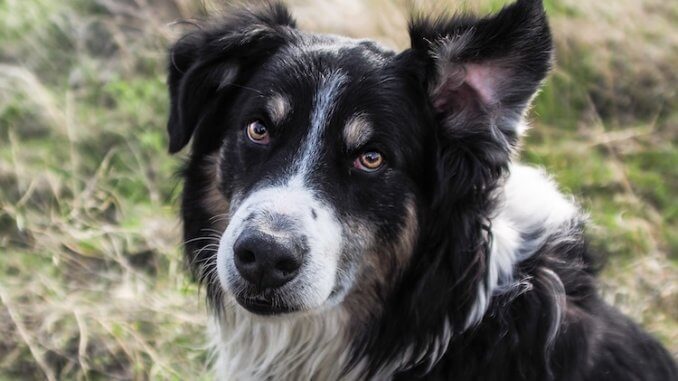
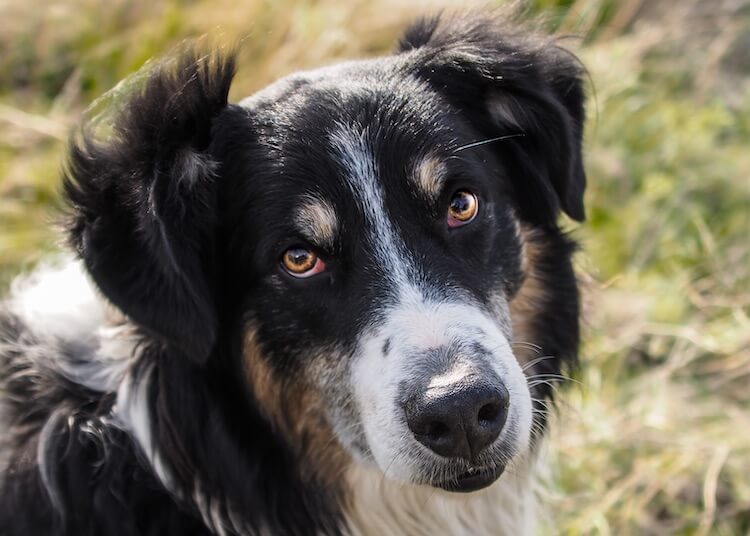
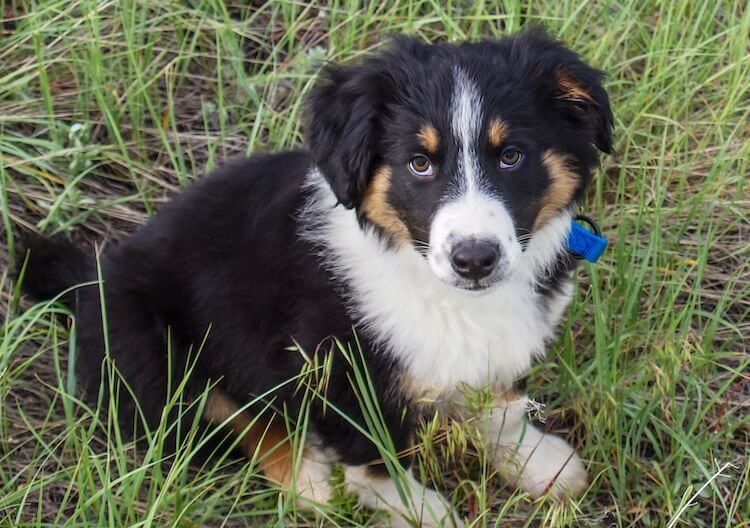
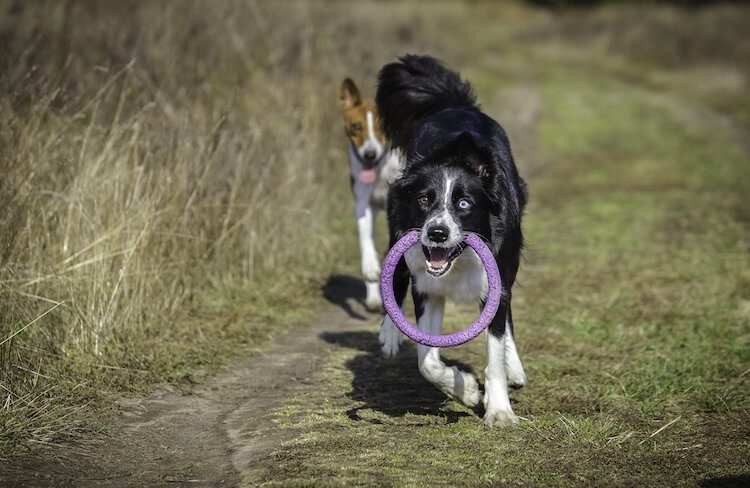
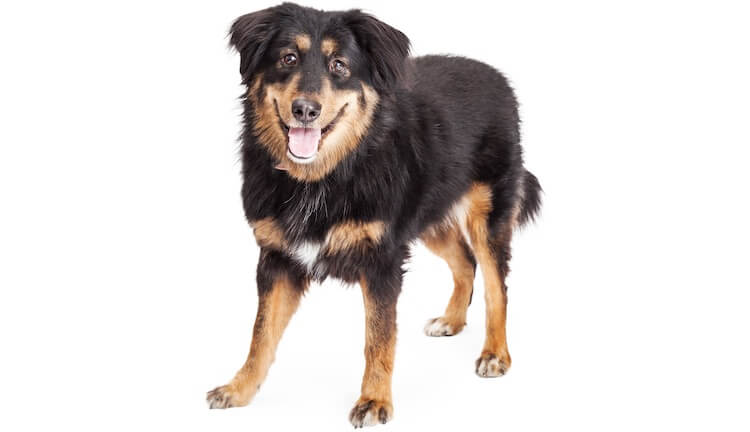
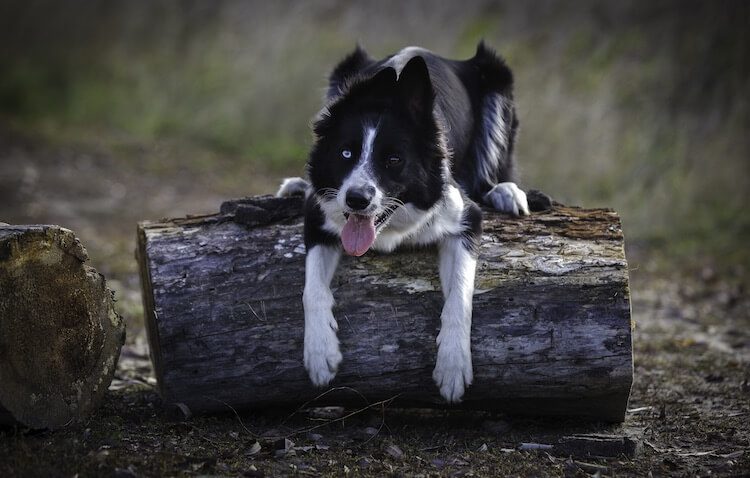
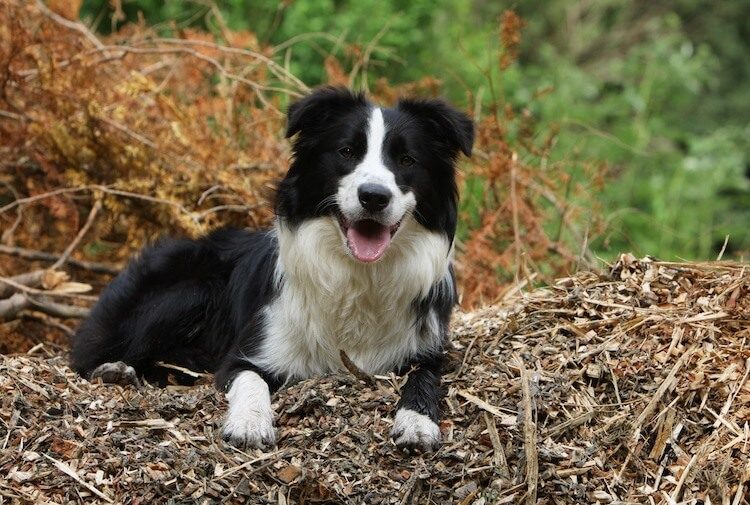

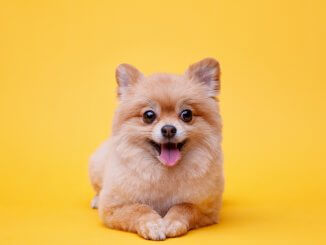
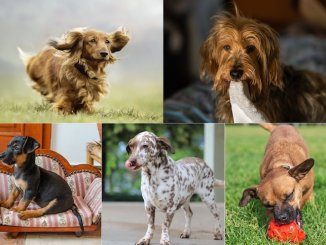
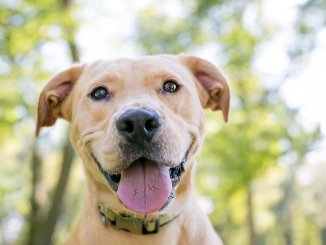
I am amazed that this writer has such a complete understanding of my two ES! Quite a sensitive and accurate portrayal. These guys are the best dogs!
Hi,
We have an English Shepard that is 10 months old. We have had dogs of various breeds for last 45 years. However, this is the first ES. We note several issues since adopting this breed. For the first 8-9 months we have had issues with nipping and on occasion biting especially if she does not get her way. My wife generally takes on her on long walks two to three times a day. She also goes to the dog park once or twice a week. However, it seems like she never tires and her attention span is very short making her very difficult to train. What do you recommend for training? She is highly intelligent but she gets into everything. If we ever left her alone in the house we would be coming home to utter destruction. We love the dog but she is a handful and when settle she is very sweet. Can we get some advice on biting and best training methods?
I think my girl is this breed, however I know what mix she is, this is totally all of her except she dislikes children or small humans very much.
My guard dawg is border heeler made of both blue heeler/border collie (dad) and red heeler (mom)
After 4 border collies, we happened on this one, the most different and he
makes us laugh and always checks to see if we are together (wife & I).
Our ES is 13 month old now. He was very attentive and pretty obedient, but at 12 mo he decided that he is an adult and now he is taking walks on his own, coming, when we call him, but not immediately… I guess, he is ready for the next obedience class.